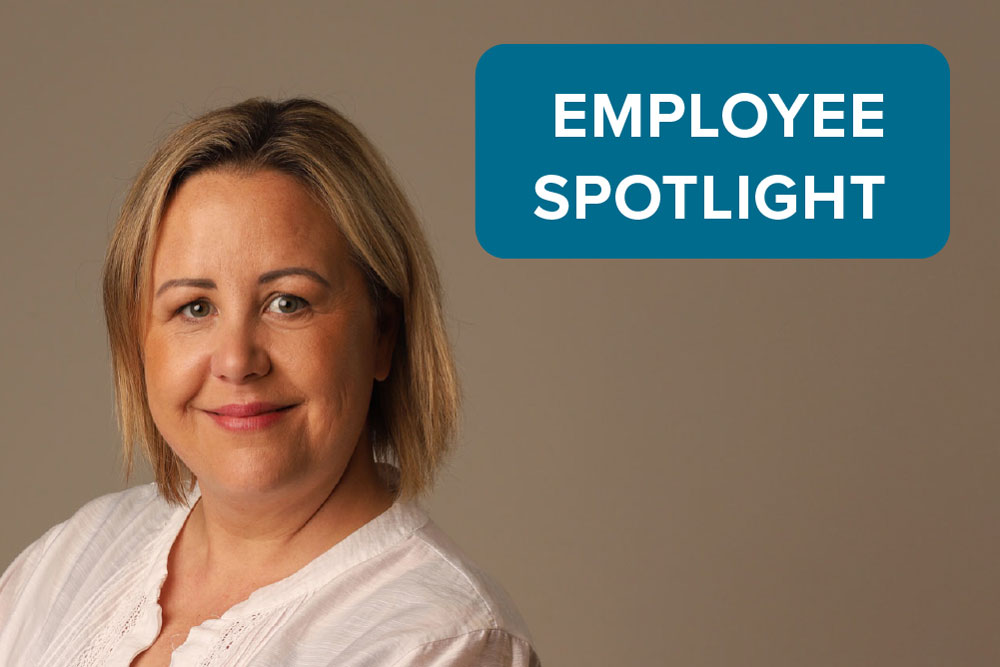- FR
- EN

April 2025 SCOR Careers Blog Employee Spotlight header with Brock Robbins, CEO of SCOR Life & Health US
From Actuary to regional CEO
Brock Robbins shows how to embrace challenges and opportunities
Employee Spotlight
From his early days as an actuary to his current role as CEO of SCOR L&H US, Brock Robbins has found the reinsurance industry to be a unique blend of people, technical challenges, and leadership opportunities. With a career spanning over three decades, Brock’s time in reinsurance has been marked by steady progression, insightful leadership, and a deep commitment to the industry.
Beginning his career as an accident and health reinsurance actuary in Canada, he held a series of roles that allowed him to gain a deep understanding of the reinsurance sector and paved the way to future opportunities. This eventually led him to Transamerica Re in Charlotte, where he was working as Chief Pricing Actuary of the life reinsurance business when SCOR acquired the company in 2011.
“Looking back on my career, one of the things that stands out is how you have to be willing to take a chance,” he says. “I held my first Vice President role in my early 30s, so I had a lot of responsibility fairly early in my career. It forced me to build discipline and accountability and to have the flexibility to approach problems at both a detailed level and high level. Sometimes, you just have to be willing to put yourself in a situation where maybe on paper you aren’t fully prepared for it and trust that you will be able to figure it out.”
As CEO of SCOR’s Life and Health business in the US, Brock now oversees the Group’s operations and growth in the market, managing annual revenues of about USD 4.5 billion.
“The US market is unique due to the structure of the healthcare system,” Brock says, “which leads to significant differences in mortality expectations by socio-economic class. This presents both challenges and opportunities for us to have a real positive impact by offering tailored insurance solutions to underserved middle markets.”
He also points out that the US regulatory environment, with its rules-based statutory regulations, creates potential inefficiencies that SCOR must navigate. Brock’s approach involves tailoring products to address these unique market needs and ensuring that his local teams remain adaptable and responsive to client needs and regulatory changes.
At the same time, the market’s needs are shifting as the baby boomer generation ages and this “silver tsunami” sees a record number of Americans hit retirement age: nearly a quarter of the country’s population is now 60 or older. So, while SCOR’s L&H business in the US has historically placed a focus on protection products like disability or critical illness insurance, Brock says it’s time to explore new solutions that can meet the aging population’s needs and offer the financial safety net so many are seeking.
Brock sees two priorities arising from these trends. First, he sees a need to continue working toward making protection solutions more accessible, particularly to underserved socio-economic groups, by incorporating automated underwriting and other tools to improve the experience for policyholders and make these products more accessible. Second, he believes there is a need to find new ways to address the risks that arise with an aging population.
In order to address these challenges – and instead approach them as opportunities to offer solutions that can better safeguard society – Brock’s vision for his teams focuses on teamwork, growth, and alignment with SCOR’s values: care, integrity, courage, open minds, and collaboration. He emphasizes the importance of fostering a culture that promotes this collaboration and aligns with the Group’s strategic aspirations.
“These values aren’t something that’s coming from top down,” he says. “They’re a reflection of where we are at and where we’re aspiring to go as an organization. It really comes across, at least in my mind, very organically.”
As with his approach to his own career, Brock’s leadership style is characterized by a willingness to take risks, an openness to new opportunities, and a focus on collaboration. He advises aspiring reinsurance professionals to be willing to take on additional responsibilities and emphasizes the importance of working with others to solve problems and have an impact as part of a team.
“Reflecting on my journey,” he says, “I think it all comes back to embracing opportunities, even those outside your comfort zone. Being willing to take on additional responsibility and trusting in your ability to figure things out along the way is key to growth and success in this industry.”
Related articles




